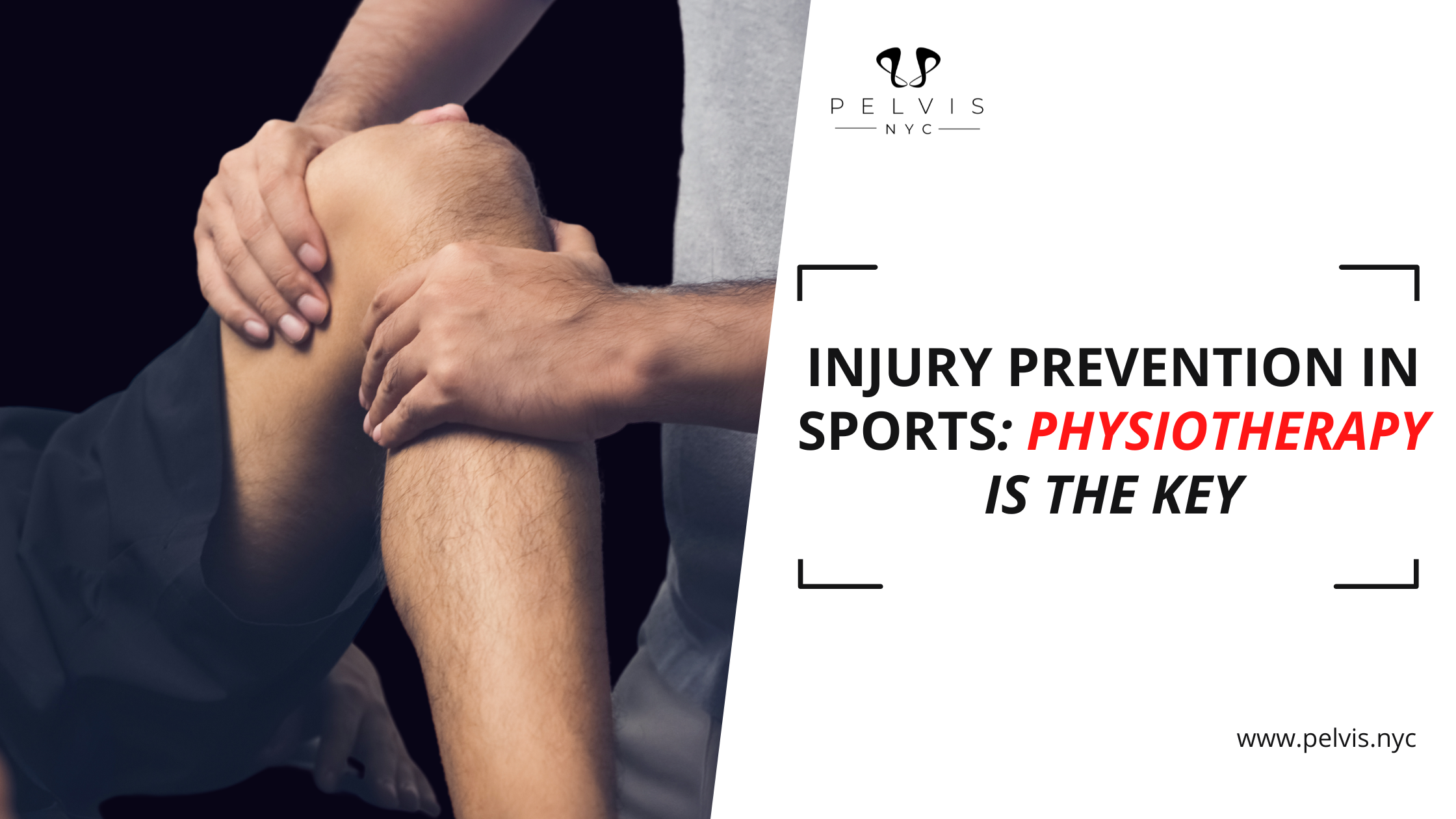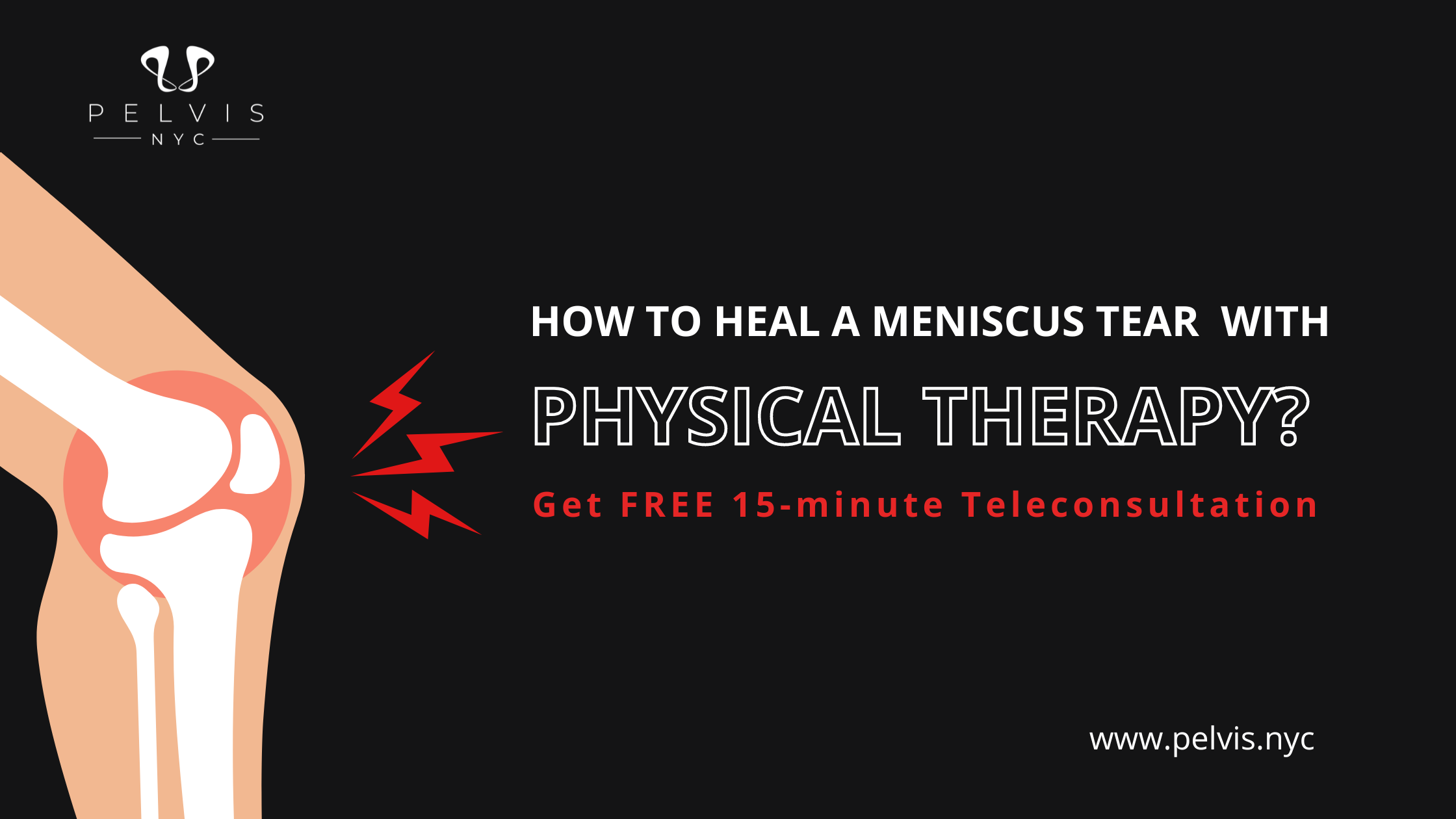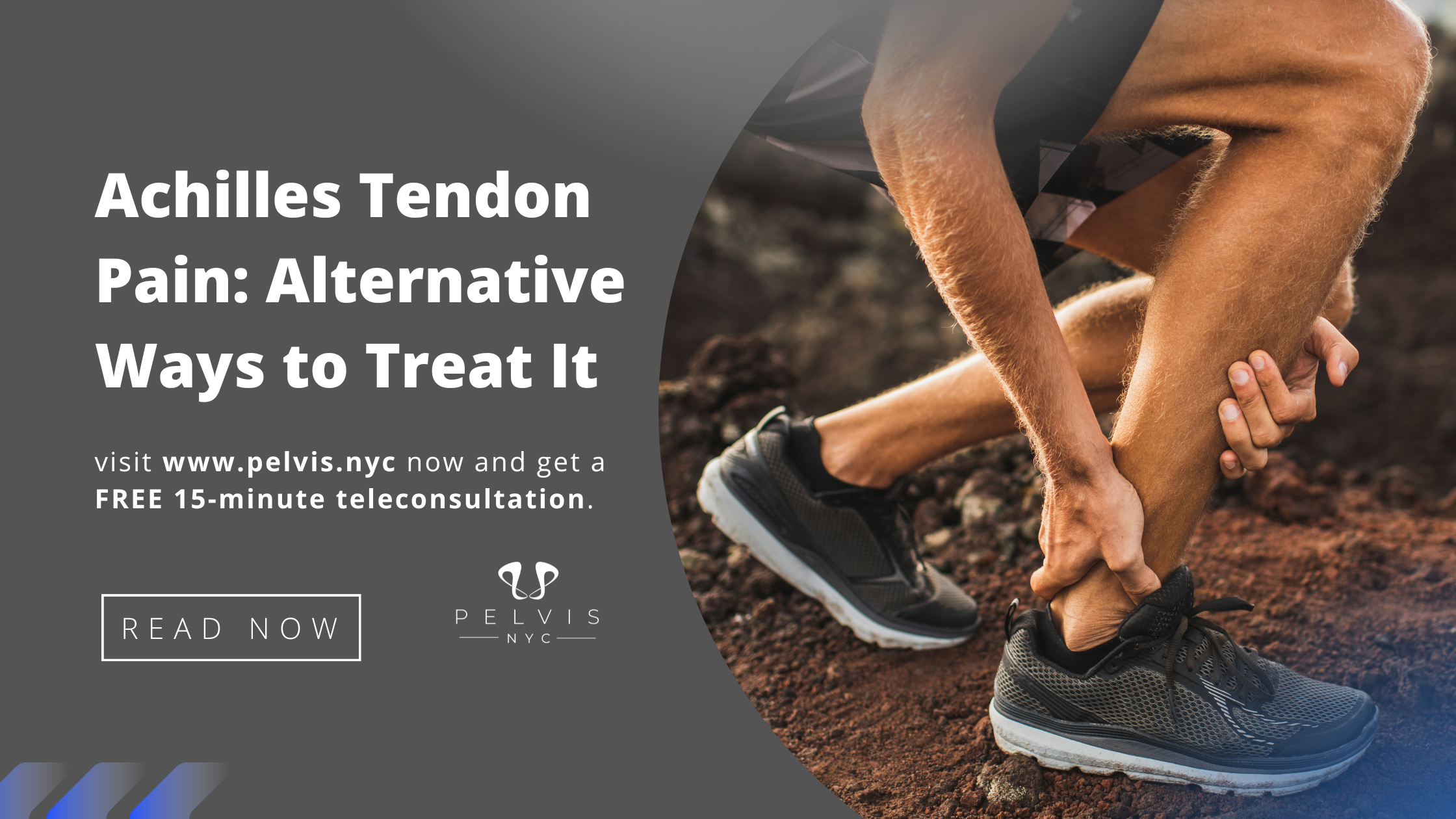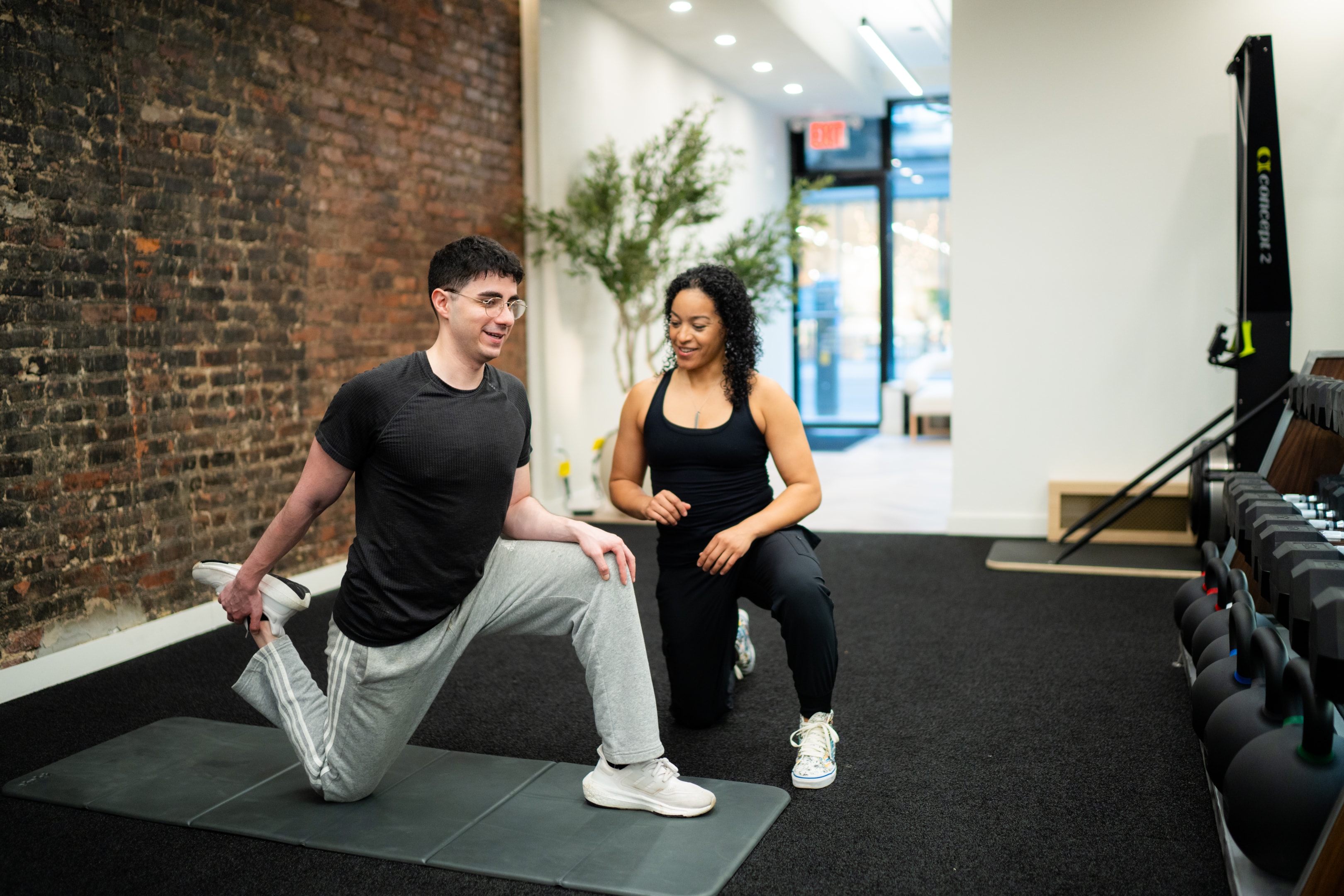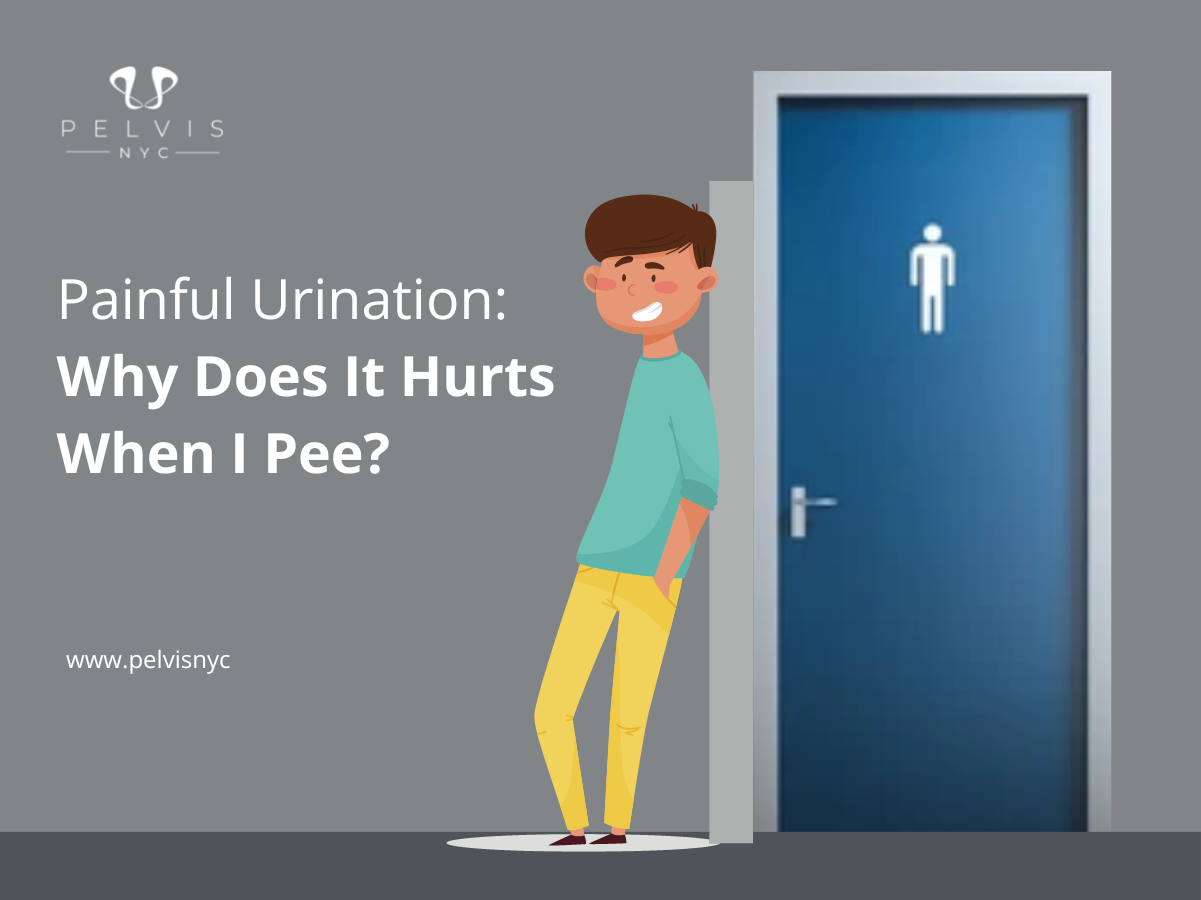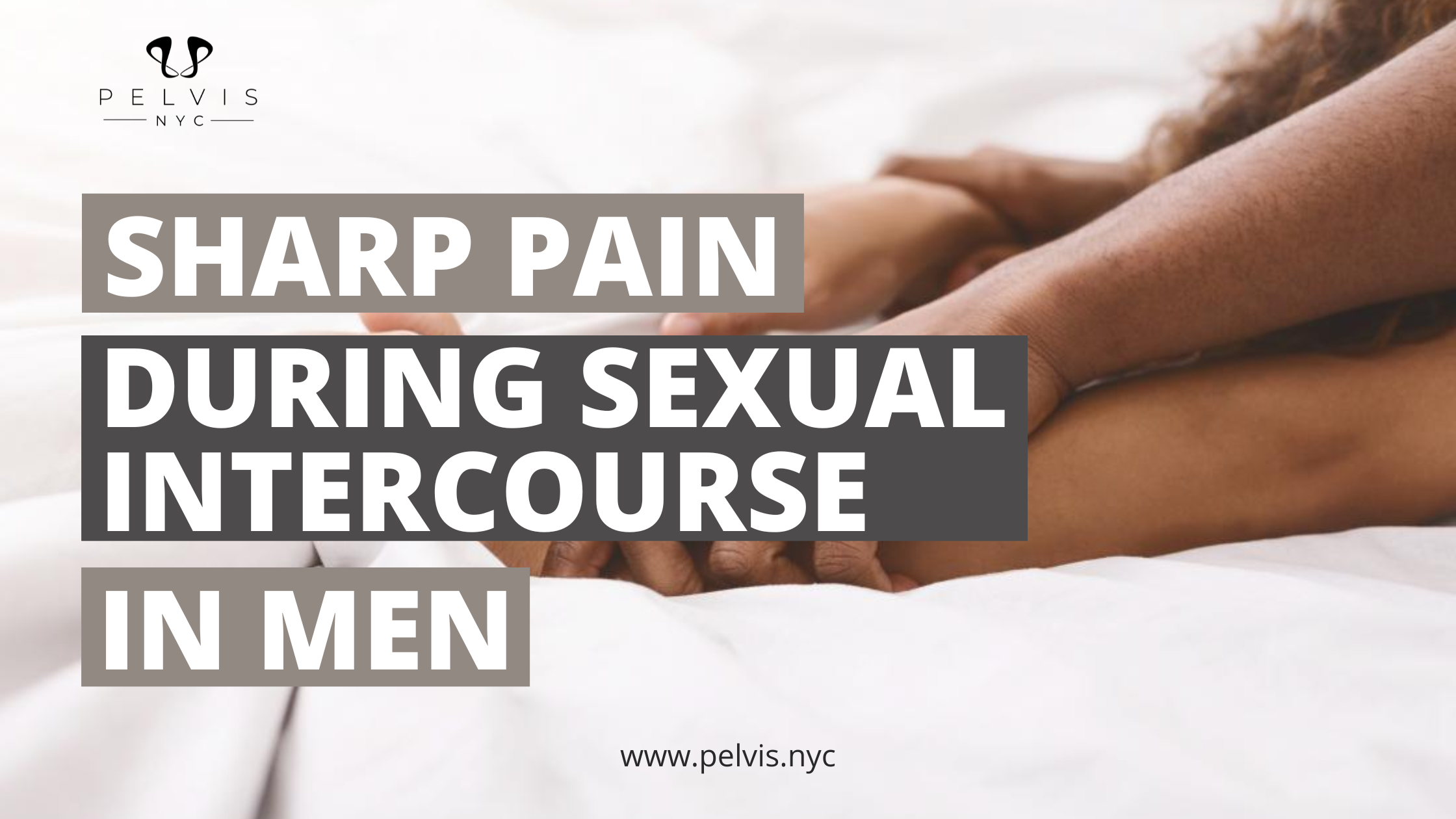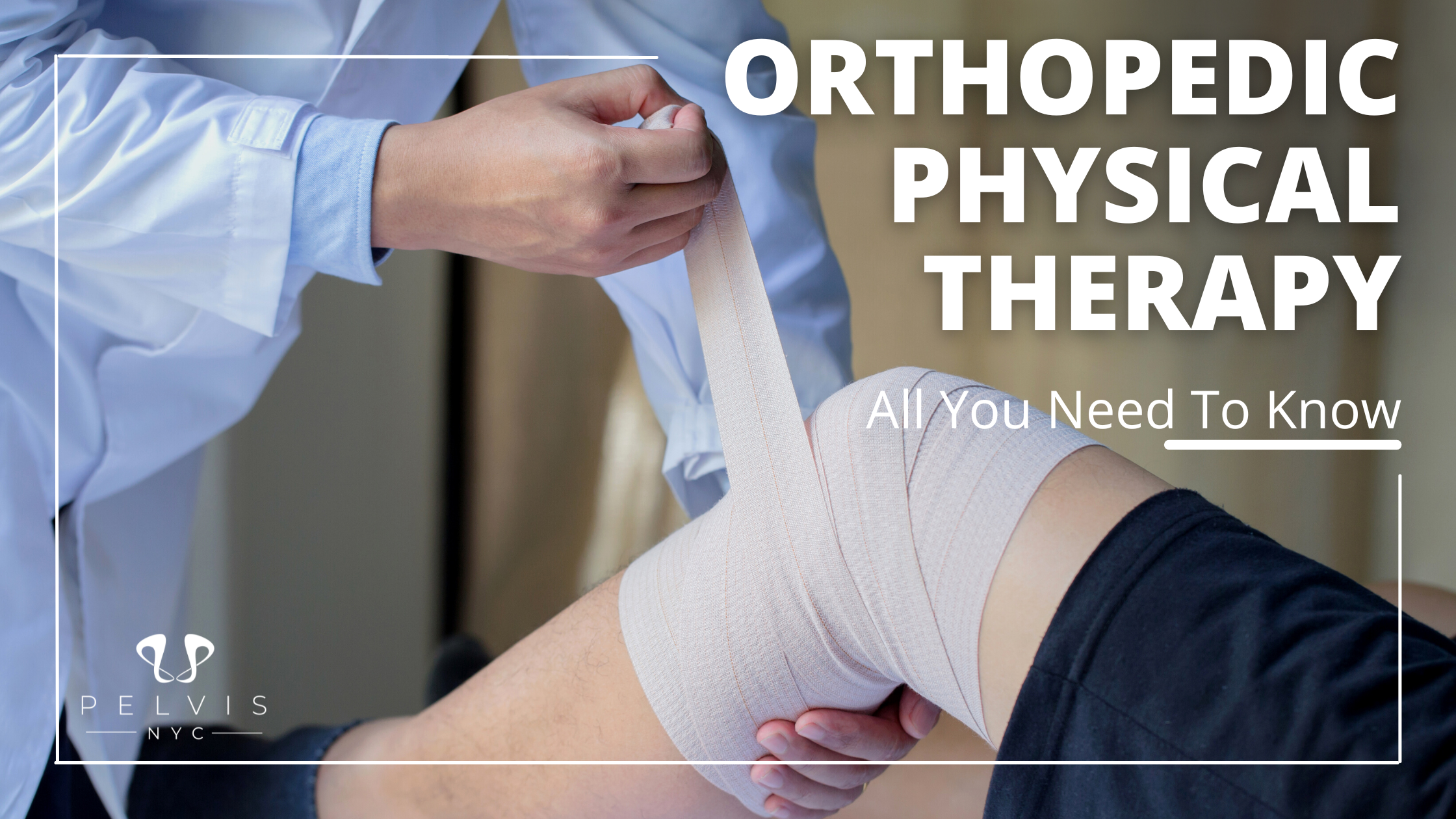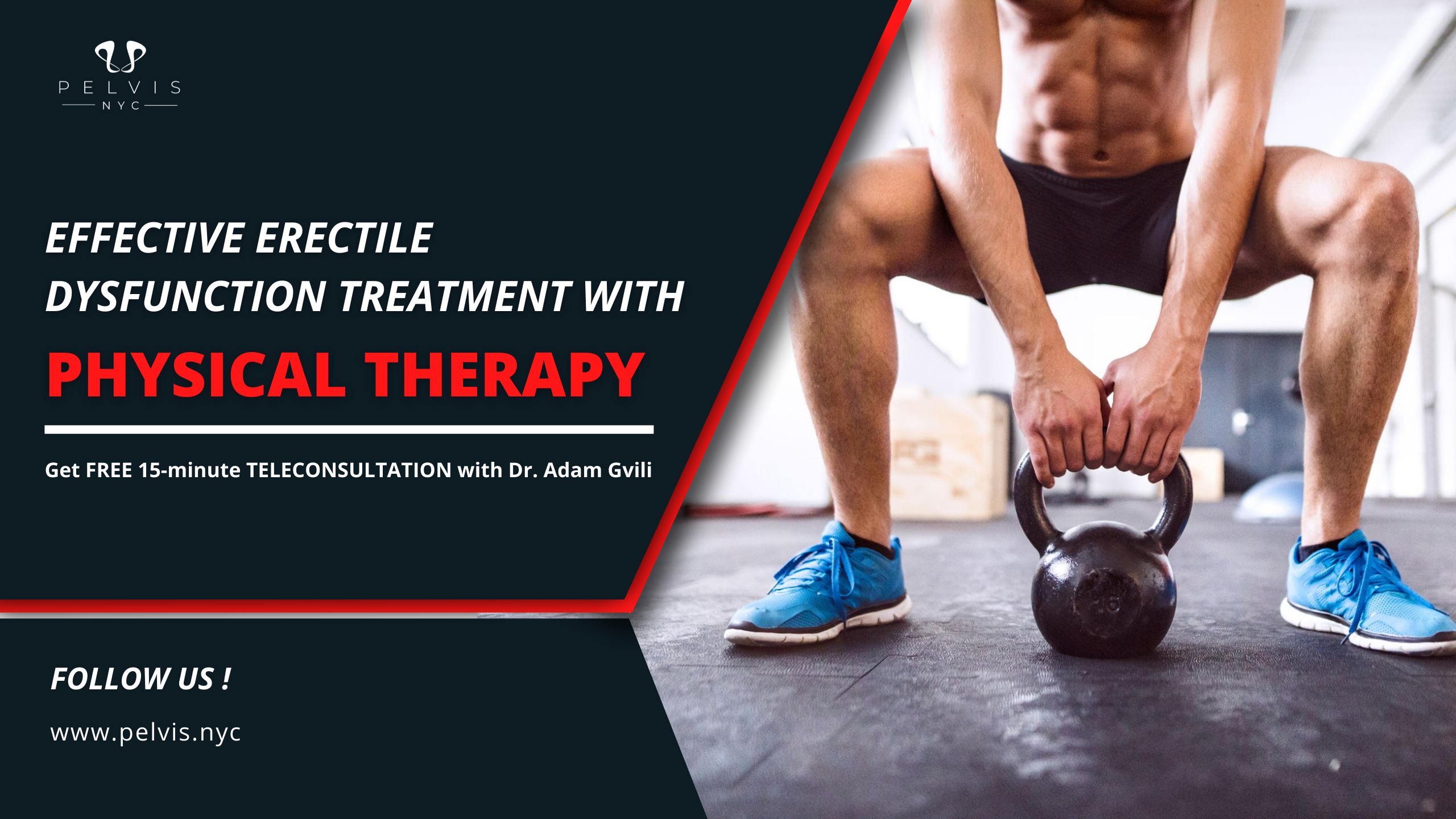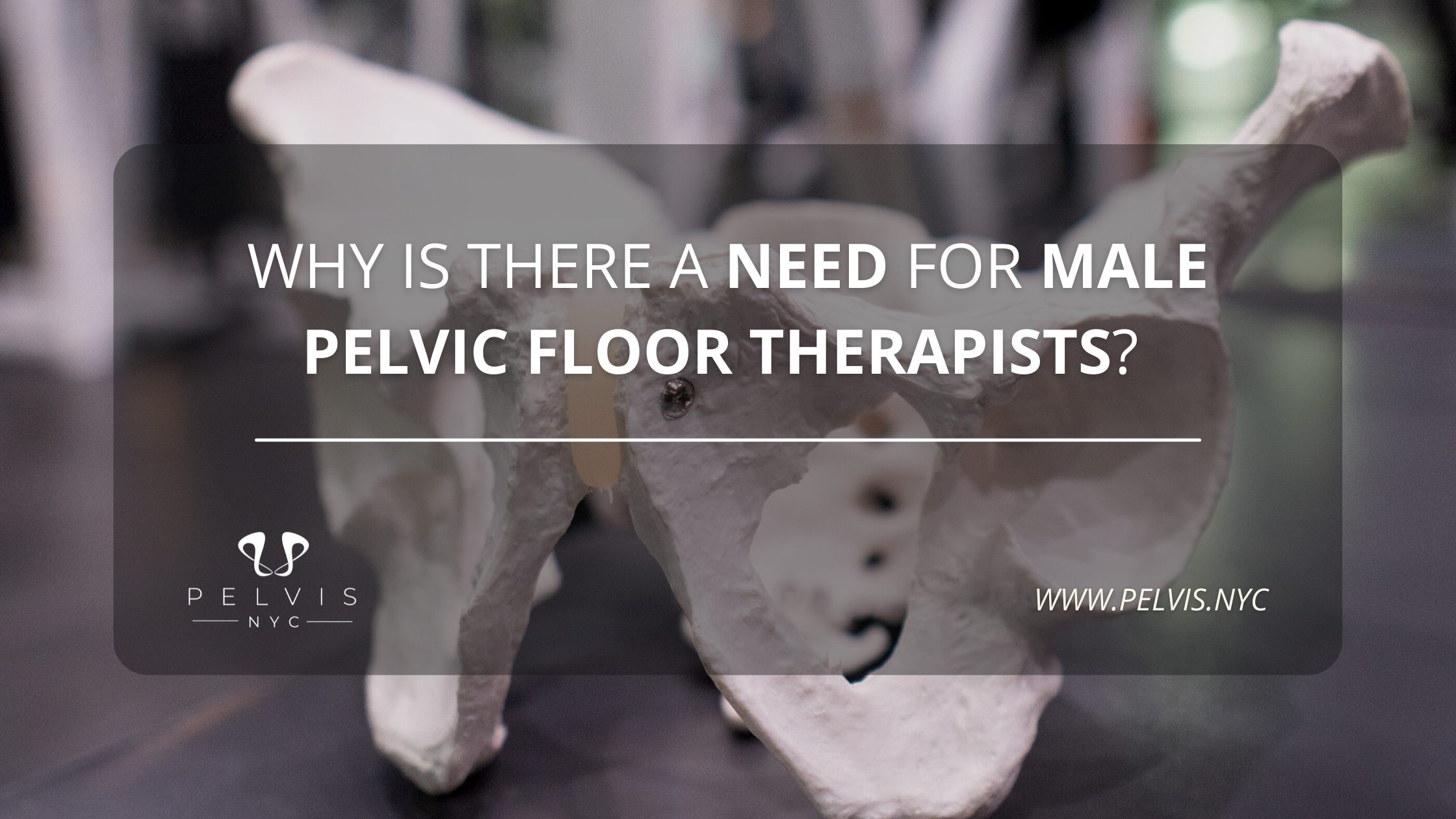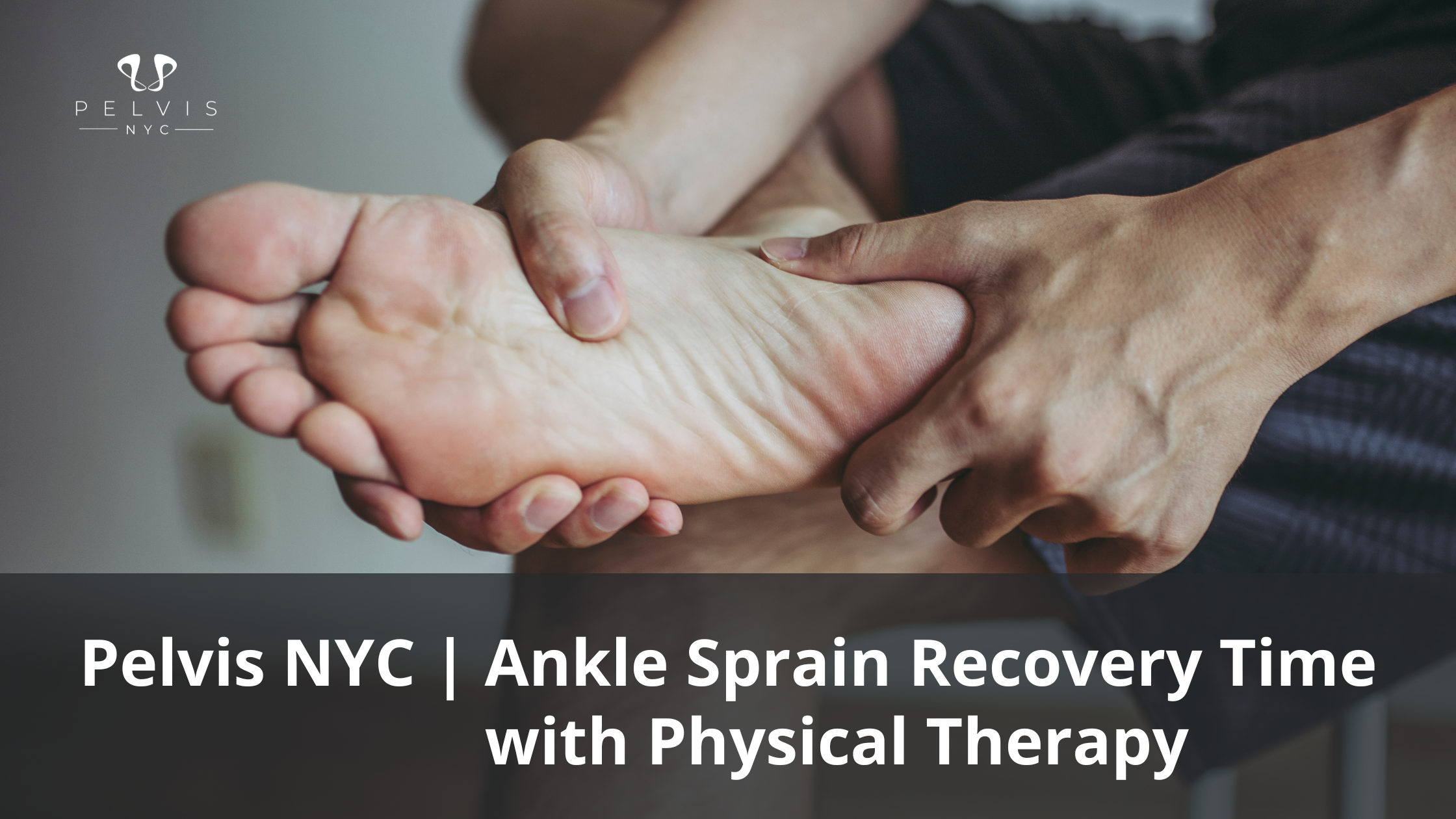Physiotherapy is one of the most effective tools for injury prevention in sports because it strengthens key muscle groups, improves mobility, corrects movement patterns, and identifies risks before an injury happens. Research has shown that physiotherapy interventions are effective in reducing the incidence and severity of sports injuries.
Whether you’re a competitive athlete or an active adult, working with a physiotherapist can significantly reduce your risk of sprains, strains, overuse injuries, and joint pain by helping you maintain proper focus during warm-ups and training, which is essential for injury prevention.
Now let’s break down exactly how physiotherapy prevents injuries, boosts performance, and supports long-term athletic health.
The Growing Need for Injury Prevention in Sports
Athletes today move faster, train harder, and push their bodies more than ever. And while sports participation keeps us healthy, it also increases the likelihood of:
- Overuse injuries
- Sprains and strains
- Muscle imbalances
- Joint pain
- Reduced mobility
- Poor recovery patterns
In severe cases, sports injuries can even lead to deaths, underscoring the critical importance of effective prevention strategies.
Injury prevention isn’t about avoiding sports — it’s about playing smarter, understanding your body, and preparing your muscles and joints to handle real-game stress. Injury prevention strategies must address different types of injuries, from overuse to acute trauma, to ensure comprehensive protection for athletes.
This is where physiotherapy becomes a game-changing tool.
Why Physiotherapy Is Essential for Injury Prevention
Physiotherapy doesn’t only treat injuries — it prevents them before they happen. Modern physiotherapy blends biomechanics, sports science, and individualized training strategies to safeguard the athlete’s body.
1. Corrects Muscle Imbalances
Sports often create dominant and underused muscle groups. For example:
- Runners often have tight hip flexors and weak glutes
- Tennis players may overload their dominant shoulder
- Soccer players commonly show hamstring–quad imbalances
These imbalances put joints at risk.
A physiotherapist identifies and corrects these issues early, decreasing strain on muscles, ligaments, and tendons. Evaluation by a physiotherapist is crucial for identifying muscle imbalances.
Research supports the effectiveness of physiotherapy interventions in correcting these imbalances and reducing injury risk.
2. Improves Joint Stability
Joint instability is one of the biggest predictors of injury. Physiotherapy strengthens stabilizing muscles around:
- Shoulders
- Knees
- Hips
- Ankles
- Spine
This reduces risks of sprains, ACL tears, rotator cuff injuries, and more.
3. Enhances Flexibility and Mobility
Restricted mobility forces athletes into compensatory movement patterns, which eventually lead to:
- Tendonitis
- Strains
- Low-back pain
- Knee pain
- Hip issues
Physiotherapists use different types of stretching, such as dynamic and static stretch techniques, to improve flexibility.
Your physiotherapist uses stretching, mobility drills, soft-tissue techniques, and joint mobilization to restore natural range of motion. Various methods, including sleep, nutrition, hydration, and interventions like foam rolling, are also employed to enhance mobility and prevent injuries.
4. Improves Proprioception and Coordination
Proprioception is your body’s internal GPS — it tells you where your limbs are during movement.
Poor proprioception = higher risk of injury.
Physiotherapy uses:
- Balance training
- Movement retraining
- Neuromuscular re-education
These help your body react faster and avoid dangerous or unstable positions.
5. Teaches Proper Technique and Body Mechanics
A surprising number of injuries occur not during competition but during:
- Warm-ups
- Cool-downs
- Incorrect form during training
- Repetition under fatigue
Physiotherapy enhances:
- Lifting mechanics
- Running form
- Jumping and landing technique
- Sport-specific movements
Incorporating proper warm-up and cool-down practices is essential for injury prevention and overall athlete safety.
Better technique → safer body → better performance.
How Physiotherapy Helps Existing Sports Injuries

Even past injuries can increase future risk.
A physiotherapist helps you:
1.Restore strength
2. Improve joint mobility
3. Reduce pain and inflammation
4. Correct compensations
5. Rebuild trust in movement
6. Prevent re-injury
Rest is also a crucial part of the recovery process, allowing your body time to heal and preventing further fatigue or injury.
Treatment may involve:
- Corrective exercises
- Manual therapy
- Stretching and mobility work
- Strength and stability training
- Functional movement assessments
- Sport-specific conditioning
Over time, your body learns to move without fear and without pain.
Physiotherapists also work with athletes to develop injury prevention programs tailored to their specific needs, helping to keep them healthy and performing at their best.
Common Injuries Physiotherapy Helps Prevent
- Knee injuries (meniscus tears, ACL strains)
- Ankle sprains
- Shoulder overuse injuries
- Low-back pain
- Hip flexor strains
- Hamstring pulls
- Plantar fasciitis
- Elbow injuries (tennis elbow, golfer’s elbow)
These injuries result from factors such as poor technique, overuse, or inadequate recovery, and understanding these causes is essential for effective prevention.
By addressing biomechanics and movement patterns, physiotherapy reduces risk across all sports. Implementing proper safety measures and programs is crucial to prevent these types of injuries.
The Role of Physiotherapy in Athletic Performance Optimisation
Physiotherapy is not only about prevention — it improves performance by enhancing:
- Efficiency of movement
- Power output
- Stability
- Speed and agility
- Flexibility
- Recovery

Structured injury prevention programs, such as the FIFA 11+ warmup program and Recognize to Recover program, are integral to athlete development.
This makes physiotherapy a foundational part of training programs for professional athletes worldwide. Team collaboration is essential in implementing physiotherapy strategies effectively, ensuring optimal results for both individual athletes and the team as a whole.
Nutrition and Hydration: The Unsung Heroes of Injury Prevention
Why Nutrition Matters for Injury Prevention
Proper nutrition is often ignored when discussing injury prevention programs, but it is essential for reducing injuries and keeping the body healthy. Whether you’re an athlete, active adult, or student, the nutrients you consume directly affect your ability to perform, recover, and resist injuries.
A balanced diet supporting injury prevention includes:
- Lean proteins for muscle repair
- Complex carbohydrates for sustained energy
- Healthy fats for joint and brain health
- Vitamins and minerals for tissue healing and immune support
This combination fuels muscle growth, stabilizes joints, and prepares your body to handle stress from training and daily activity.
The Importance of Hydration for Injury Prevention
Hydration is equally critical. Even mild dehydration can cause:
- Muscle cramps
- Fatigue
- Poor coordination
- Dizziness
- Increased risk of sports-related injuries
Athletes and active individuals should monitor water intake before, during, and after activity to maintain optimal performance and safety.
How Nutrition and Hydration Fit Into Injury Prevention Programs
Sports medicine experts and health professionals are integrating nutrition and hydration education into modern injury prevention programs. Teaching athletes about fueling and fluid intake helps:
- Reduce injury severity
- Speed up recovery
- Improve daily performance
- Strengthen long-term wellness
This approach supports schools, teams, families, and communities in promoting healthier habits.
Additional Lifestyle Factors That Influence Injury Risk
Nutrition and hydration don’t work alone—other factors also increase or reduce risk, including:
- Sleep quality
- Stress levels
- Alcohol use
- Medications
- Exposure to violence
- Overall physical conditioning
Addressing these areas helps make injury prevention programs comprehensive and effective.
Community and Family Support in Injury Prevention
Families, schools, and coaches play a huge role in shaping healthy habits. When they provide support, education, and resources, it empowers young athletes and adults to make safe choices.
Parents can help children build lifelong healthy habits, while coaches can reinforce nutritional and hydration strategies during training.
The Bottom Line
Without proper hydration and nutrition, athletes face higher injury risks. With them, the body is protected, energized, and able to recover faster. Making nutrition and hydration central to injury prevention improves safety, performance, and overall well-being.
Mental Preparation and Focus: The Overlooked Factor in Staying Injury-Free
Why Mental Readiness Is Crucial for Injury Prevention
Mental preparation is one of the most overlooked yet essential factors in staying injury-free. While physical conditioning and protective equipment are foundational, mental readiness significantly lowers the likelihood of injury during sports.
Research shows that mental skills such as:
- Concentration
- Visualization
- Goal-setting
- Mindfulness
improve reflexes, reaction time, and decision-making — all of which protect athletes from injuries.
How Mental Focus Reduces Injury Risk
When athletes maintain mental clarity and focus, they are better able to:
- Maintain proper technique
- React quickly to sudden changes
- Avoid dangerous situations
- Stay controlled even when fatigued
Coaches and practitioners increasingly integrate cognitive skills into injury prevention programs through:
- Positive self-talk
- Stress management
- Scenario-based mental rehearsal
- Sport psychology techniques
Equipment + Mental Focus: A Complete Safety Approach
Protective equipment such as helmets, pads, and mouthguards reduce injury risk, but they are not enough. If an athlete is distracted or mentally unprepared, the best equipment cannot fully protect them.
This is why modern injury prevention programs include both:
- Physical protection
- Mental readiness training
Mental Preparation Beyond Sports: A Public Health Perspective
Mental readiness also plays a role in preventing accidents off the field. For example, motor vehicle crashes—one of the leading causes of injury and death—are often linked to lack of focus, distraction, or fatigue.
When combined with safety practices such as:
- Wearing seatbelts
- Following traffic laws
- Maintaining alertness
mental focus helps prevent injuries and save lives.
Pairing Mental Focus with Physical Preparation
Injury prevention programs should always include:
- Warm-ups
- Full range-of-motion exercises
- Strength training
- Flexibility routines
- Movement-pattern coaching
When these physical components are paired with mental readiness, athletes perform better and face fewer injuries.
Role of Communities, Schools, and Coaches
Coaches, physical education programs, and community leaders help athletes — especially children — develop habits that prevent injuries. When they teach mental skills alongside physical training, young athletes become more resilient and safer overall.
Parents and caregivers can reinforce these habits at home by encouraging:
- Good sleep
- Healthy routines
- Focused training environments
Recognizing and Managing Risk Factors
Injury prevention programs should also address risk factors like:
- Alcohol use
- Poor sleep
- Previous injuries
- Underlying medical conditions
- Stress and emotional challenges
Providing guidance and support in these areas helps reduce risk and improve overall function.
Continuous Improvement Through Education and Research
Health professionals must work together to continually evaluate and refine injury prevention programs. With appropriate research, funding, and community support, these programs can meet the needs of athletes of all ages and backgrounds.
The Takeaway
The most effective injury prevention is holistic—addressing the body, mind, and environment.
When mental preparation is combined with physical training, protective equipment, and strong community support, athletes stay safer, recover faster, and perform at their best.
Finding the Right Physiotherapist for Injury Prevention in Sports
A sports physiotherapist should offer:
-Comprehensive functional assessments
-Personalised strength and mobility programs
-Realistic recovery timelines
-Sport-specific training modifications
-Education on warm-up, cool-down, posture, and form
Many of these recommendations are supported by research published in peer-reviewed journals, which provide evidence for effective physiotherapy interventions.
At Pelvis NYC, Dr Adam Gvili, Doctor of Physical Therapy, provides individualised programs tailored to each athlete’s body and goals to reduce injury risk and improve performance.
Ongoing research and training in injury prevention rely on dedicated funding to ensure continued advancements in the field.
Takeaway: Injury Prevention in Sports Starts with Smart, Informed Movement
Physiotherapy isn’t a last resort — it’s the secret weapon athletes use to:
- Stay on the field
- Train harder
- Perform better
- Recover faster
- Reduce injuries long-term
Community engagement plays a crucial role in promoting injury prevention and supporting effective health initiatives.
Students, along with athletes and adults, benefit greatly from injury prevention education and physiotherapy.
If you’re serious about your health and performance, physiotherapy should be part of your routine.
FAQs
What is the best way to prevent sports injuries?
Strength training, proper warm-ups, flexibility work, and physiotherapy are the most effective ways to reduce injury risk. Additionally, ensuring that sports equipment and facilities meet current safety standards is crucial for preventing injuries.
How does physiotherapy prevent injuries?
It improves strength, mobility, technique, balance, and joint stability — all essential for keeping the body safe under stress.
By addressing these areas, physiotherapy helps athletes continue to participate in their sport safely and confidently.
Do athletes need physiotherapy even if they’re not injured?
Yes. Preventative physiotherapy reduces future injuries and optimizes performance.
How often should athletes see a physiotherapist?
Most athletes benefit from a check-in every 4–8 weeks or more frequently during intense training.
Can physiotherapy help old injuries?
Absolutely — PT restores movement, reduces pain, and prevents re-injury.

